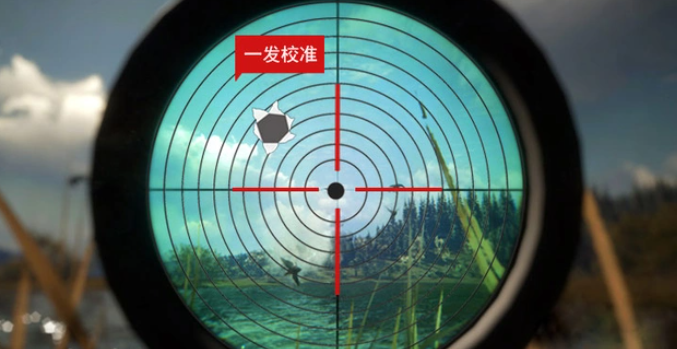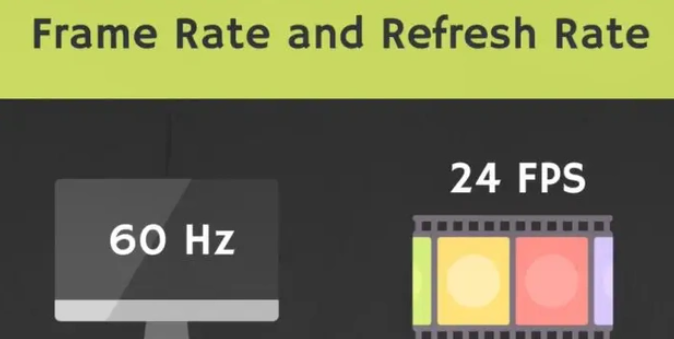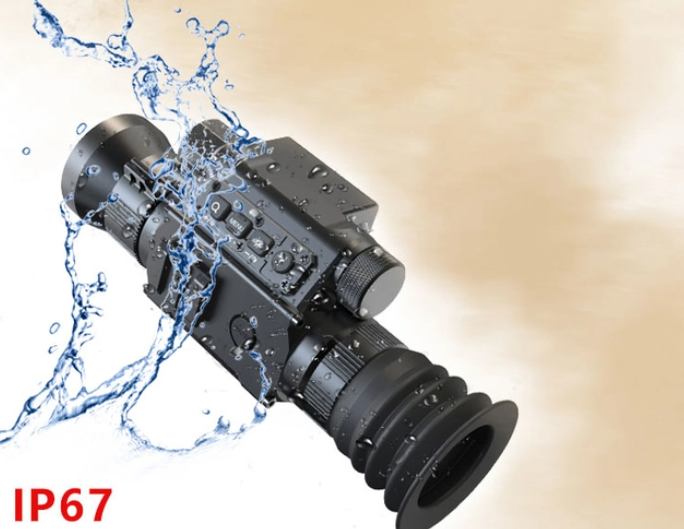Friends who like to play outdoors know that choosing a good thermal imaging product should not only consider its practicality and comfort, but also its product safety and quality assurance. Excellent products can greatly enhance the outdoor play experience.
Outdoor hunting, we not only need to observe animals, environment, and terrain, but also need to predict danger in time, or be able to search and rescue teammates accurately and quickly when we are separated from teammates.

Therefore, more and more outdoor hunting enthusiasts have begun to have strict requirements on the quality of outdoor equipment, especially thermal imaging products, which are not cheap in themselves. So, how to choose high-quality thermal imaging products?
Onick recommends that when purchasing thermal imaging products, you must pay attention to the following parameters:
01. Detector
The heart of the computer is the CPU, and the heart of the thermal imager is the infrared detector. This is enough to prove the weight of the detector in the thermal imager. The detector is divided into cooled and uncooled. The uncooled one is small in size and low in power consumption. At present, the mainstream of the civilian maret uses uncooled infrared focal plane detectors.

02. Thermal sensitivity NETD
Thermal sensitivity NETD is the core indicator of thermal imagers. Thermal sensitivity NETD means noise equivalent temperature difference, which is a key parameter for evaluating medium wave (MWIR) and long wave (LWIR) infrared thermal imagers. It is a value representing the temperature difference signal-to-noise ratio, and this temperature difference signal is equivalent to the instantaneous noise of the thermal imager. Therefore, it approximately represents the minimum temperature difference that the thermal imager can distinguish, which is also directly related to the clarity of the thermal imager measurement, that is, the smaller the thermal sensitivity value, the higher its sensitivity and the clearer the image.
03. Detector pixels
It must be noted that detector pixels and eyepiece pixels are two different things. The detector pixels of infrared thermal imaging directly affect the imaging effect. The higher the detector pixels, the clearer the imaging effect.

04. Frame rate
The frame rate refers to the number of images processed by the thermal imager within 1 second. The faster the sensor, the higher the internal circuit processing rate, and the higher the frame rate. The high or low frame rate directly indicates the performance and response speed of the infrared thermal imager.
A high frame rate thermal imager can accurately capture high-speed moving objects. The general film frame rate is 24 frames per second, while the equipment used in outdoor observation, site monitoring, car assisted driving, medical and other fields requires a high frame rate thermal imager.
05. Pixel pitch
Pixel pitch refers to the minimum distance between adjacent pixels, measured in microns. The common pixel pitches on the market are generally 8μm, 12μm, 17μm, and 25μm, and the more mainstream ones are 12μm and 17μm.

06. Waterproof, dustproof and shockproof performance
Outdoor sports often require trekking through mountains and rivers, so it is inevitable to suffer from some bumps and rain. Therefore, thermal imaging products need to have certain waterproof and dustproof performance (the current detection level of higher quality products in the industry is IP67), and even need excellent shock resistance to calmly deal with the impact of the recoil of the shotgun.
07. Indicators such as lens, field of view, and identification distance
The indicators of field of view and identification distance are determined by the detector resolution and lens focal length. In a sense, these values are not fixed and can change with the replacement of the lens. In fact, as long as the detector resolution and lens focal length of the infrared thermal imager are fixed, these indicators are fixed.
08. After-sales service
After-sales service is a product of the brand economy, and most brands have their corresponding after-sales service. Under the premise of ensuring after-sales service, we have greater trust in the product. Especially for products with higher unit prices, after-sales service has become a part of its extended value.


